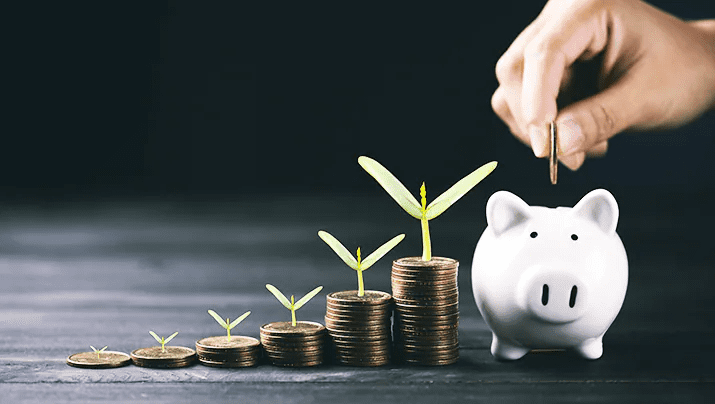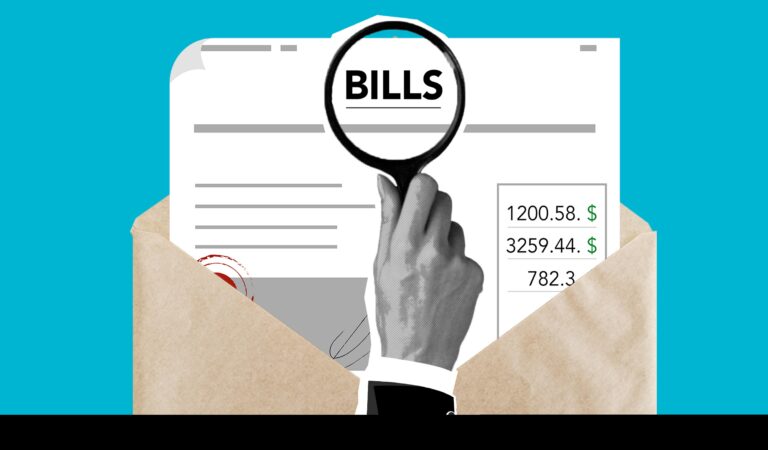
The Age: Half of Australians on financial brink as living costs bite
Managing employee retention in a post-pandemic world Employee retention requires intentional steps to keep employees engaged and focused so they choose to stay on the job.


Spending is much easier than saving. Many people find it difficult to stash cash and saving money might be difficult, but there are a few simple strategies to get closer to your savings objectives.
The hardest part of saving money is often just getting started. This step-by-step approach will assist you in developing a straightforward and realistic strategy for saving for all of your short- and long-term objectives.
Finding out how much you spend is the first step toward saving money. Keep note of all of your expenses, including coffee and groceries, as well as your normal monthly bills. Once you have your data, sort it into categories like petrol, groceries, and mortgage payments, and total each one. Make sure you’ve included everything by checking your credit card and bank statements.
Making the decision to choose saving over spending begins with a budget. You can start making a budget now that you know how much you spend in a month. Your budget should indicate how your expenses compare to your income so that you can budget and avoid overpaying. Additionally, A budget will provide you with a clear picture of your financial flow, assist you in setting and meeting savings and spending objectives, and prevent you from overspending. Because you’ll be allocating a determined amount to be put aside, having a budget in place can also hold you accountable to save.
Include expenses that occur on a monthly basis but not every month, such as car maintenance. Include a savings category in your budget, and save an amount that feels comfortable to you at first. Plan to save up to 15% to 20% of your salary in the future.
Look for activities that are free
Examine your regular charges – cancel any subscriptions you aren’t using, especially those that are automatically charge.
Consider the expense of eating out against the cost of cooking at home – Plan to eat the majority of your meals at home, and look for local restaurant specials on nights when you feel like treating yourself.
Wait before making a purchase – Wait a few days before making a non-essential purchase. You can realize that the item is something you want rather than something you need, and you might devise a strategy to save for it.
Where possible, but second hand – If you’re looking for a new side table or kitchen appliance, go online to see if you can find something used. Gumtree and Facebook Marketplace, for example, are brimming with a variety of secondhand things, many of which are almost new or in excellent condition. Another quick strategy to boost your savings account is to join in the fun and sell your own unused stuff on the internet.
Compare service providers – Many of us have a “set it and forget it” attitude when it comes to our personal finances. However, this way of thinking may cost you money! You could be missing out on a better deal if you haven’t renewed your home loan, insurance policy, or energy contract in a while. Why not move to a more affordable option if you find one? Take some time to sit down and look over all of your financial obligations, comparing them to current market offerings.
There are numerous short- and long-term savings and investment accounts available. You also don’t have to choose just one. Examine all of your alternatives carefully, taking into account balance minimums, fees, interest rates, risk, and when you’ll need the money, so you can pick the mix that will help you save the most for your goals.
In addition, you can use Apps to help you save money. The internet is brimming with online tools that make money management a breeze, from apps that round up your spending to digital calculators that generate savings goals for you. The key is to choose one that best meets your budgetary requirements.
Finally, you can build savings on your regular purchases through oNesto Shopping. When you shop at oNesto retailers, you get up to 10% cashback deposited straight into your savings account for your exact shopping amount. So you can build a savings fund on your regular purchases. Our best users collect savings of $100 a month or more. That’s a tank and a half of petrol.
For many of us, the hardest part about saving on a regular basis is remembering to do it in the first place! This frequently occurs when direct debits are set up to cover immediate and significant obligations, such as mortgage or rent payments, while the remaining funds are spent as needed during the month. However, almost all banks allow you to transfer money between your checking and savings accounts automatically. You can choose when, how much, and where you want to transfer money, and you can even split your direct deposit so that a piece of each paycheck gets into your savings account.
Automate your savings with your banking app or online account to make saving easier. When your monthly salary is placed into your account, a set amount will be automatically transferred to your savings account.
Every month, review your budget and track your success. This will assist you in not just sticking to your personal savings goal, but also in rapidly identifying and correcting difficulties. Understanding how to save money may motivate you to look for additional ways to save and achieve your goals sooner.
In uncertain times it pays to focus on what you can control, said ME money expert, Matthew Read, and growing a stash of emergency money can be good for your bank balance – and your peace of mind.
“Having emergency savings is one of the foundations of financial wellbeing and it can be more than a lifeline in a crisis. Psychologists say that having savings helps us feel more optimistic and in control,” he told news.com.au.

Managing employee retention in a post-pandemic world Employee retention requires intentional steps to keep employees engaged and focused so they choose to stay on the job.

Managing employee retention in a post-pandemic world Employee retention requires intentional steps to keep employees engaged and focused so they choose to stay on the job.

Managing employee retention in a post-pandemic world Employee retention requires intentional steps to keep employees engaged and focused so they choose to stay on the job.

Managing employee retention in a post-pandemic world Employee retention requires intentional steps to keep employees engaged and focused so they choose to stay on the job.

Managing employee retention in a post-pandemic world Employee retention requires intentional steps to keep employees engaged and focused so they choose to stay on the job.

More and more employers are looking for ways to help their employees save money on their shopping. oNesto solves this.